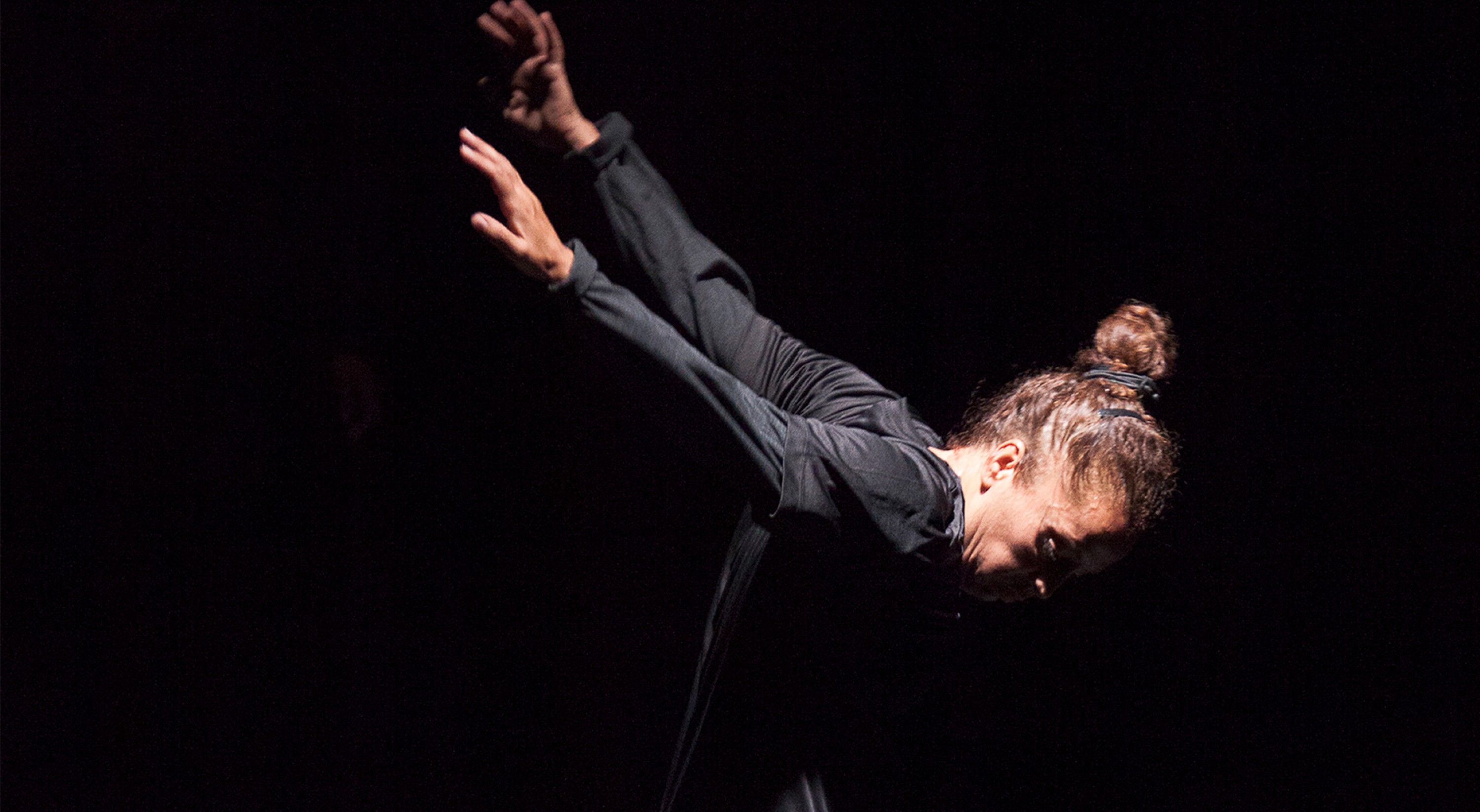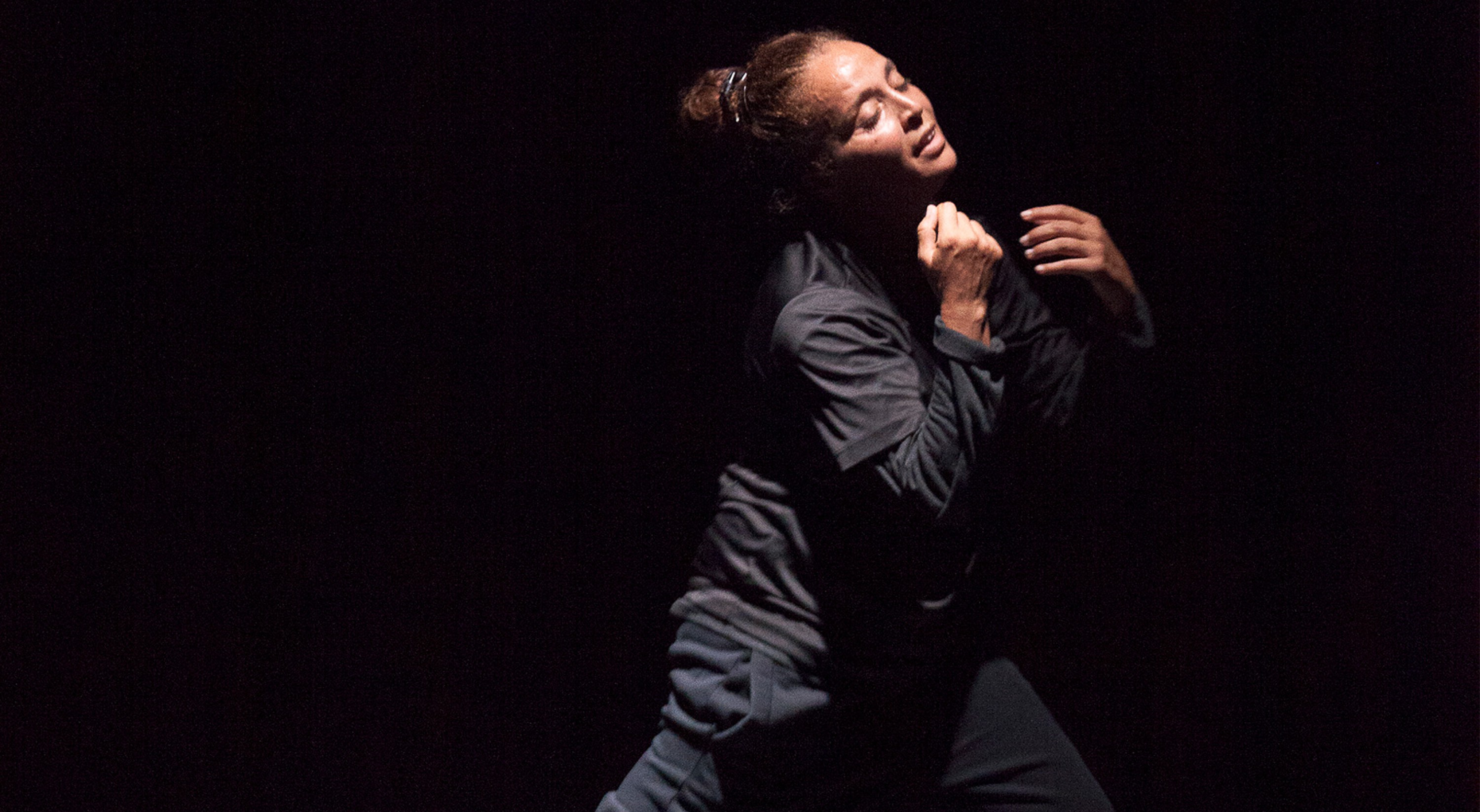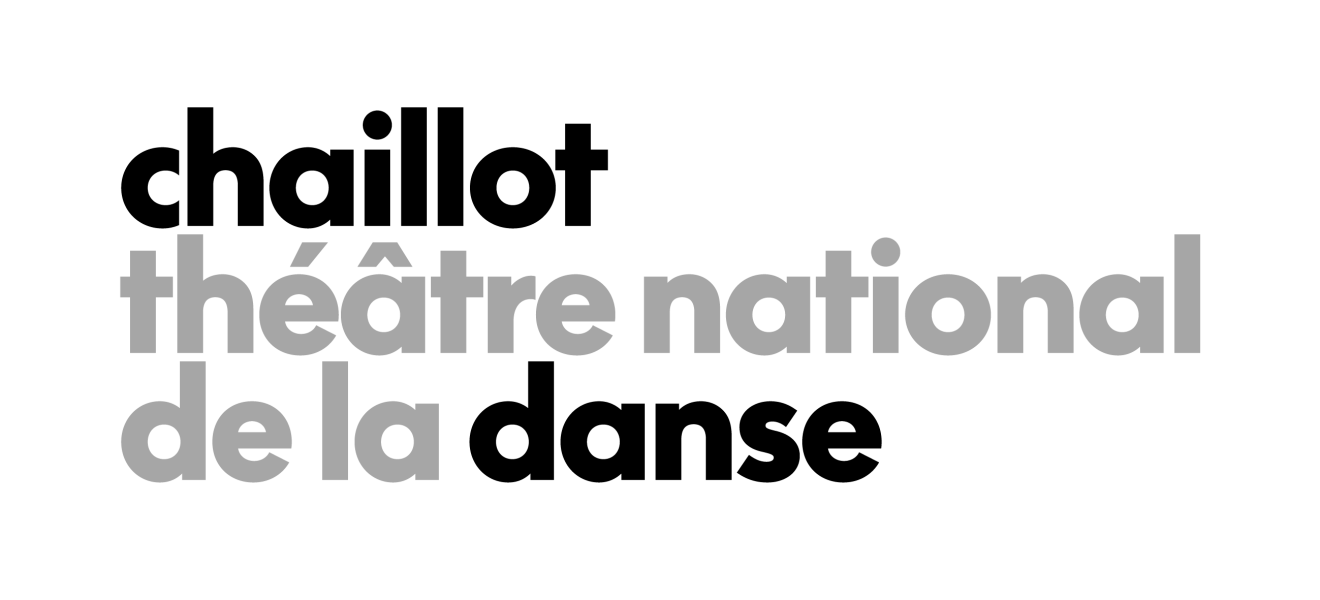Nacera Belaza
Sur le fil
novembernov 15 – 16
Choreography, sound and light design, Nacera Belaza
Performance, Nacera Belaza, Aurélie Berland, Dalila Belaza and a group of children
Sound and lighting director Christophe Renaud
Production Compagnie Nacera Belaza
Coproduction Montpellier Danse ; La Villette (Paris) - artist residencies 2015 ; Centre chorégraphique national de tours - direction Thomas Lebrun (accueil-studio) ; CND Centre national de la danse (création en résidence) ; Moussem ; Collectif 12 (Mantes la Jolie), with the support of Drac Île-de-France - aide à la résidence ; Palais des Beaux-Arts - Bozar Bruxelles ; Künstlerhaus Mousonturm (Francfort)
With the support of Fonds Transfabrik - Fonds franco-allemand pour le spectacle vivant ; Spedidam ; Adami
With the support of Dance Reflections by Van Cleef & Arpels
Chaillot - Théâtre national de la Danse and the Festival d'Automne à Paris present this show in co-production.
Sur le fil is an attempt to escape from oneself, via an infinite acceptation and a going beyond of the frontiers of the body. The choreographer Nacera Belaza preceeds her emblematic piece with a reduction, for children from the Bobigny neighbourhood and Paris. From adult to child, professional to amateur, what do we see in this gesture?
While she was a child, Nacera Belaza felt an undying need to dance alone, in secret. Since then, the choreographer has never taken her eyes off "the shorelines of childhood", adjusting the conditions of each dazzling gesture with infinite exigency, and radical generosity. In returning to the piece she created in 2016, she continues, via the detour it provides her with, to trace and hollow this same line, and to search for "the means by which we can escape from ourselves". The resulting dance does not show itself, it is a state. A state which takes us to the edges of our being, anchored in the body and the imaginary, and to which the uninhibited gaze of childhood, close to the invisible, still has access. The choreographer shares this extreme receptivity with a handful of very special performers, in this instance Dalila Belaza and Aurélie Berland. In a dark space outlined by light, we might see children at the origins of dance, turning and spiraling until others, older than them, take their place and the emptiness persists.
See also
In the same place


